Chrysanthemums, commonly referred to as mums or chrysanths, are flowering plants belonging to the Asteraceae family. They are native to Asia and northeastern Europe and have been cultivated for centuries for their beautiful blooms. Here is a detailed description of chrysanthemums:
**1. Appearance**
Chrysanthemums come in a wide variety of colors, sizes, and forms. The blooms can range from small, daisy-like flowers to large, showy pom-poms or spider-like shapes. The petals can be flat or tubular, and the colors span a spectrum of whites, yellows, oranges, pinks, reds, purples, and bronzes. The foliage is typically dark green and has a lobed or toothed texture.
**2. Growth Habit**
Chrysanthemums are herbaceous perennial plants. They have a clumping growth habit with multiple stems arising from a central crown. Depending on the variety, the height can range from a few inches to several feet. Some chrysanthemums have a spreading or trailing habit, making them suitable for ground cover or hanging baskets.
**3. Bloom Time**
Chrysanthemums are known for their late-season blooms, typically appearing in the late summer or fall. However, there are also early-blooming varieties available that can flower as early as spring. The bloom period can last several weeks, providing a burst of color during the cooler months.
**4. Light and Environmental Requirements**
Chrysanthemums thrive in full sun, requiring at least six hours of direct sunlight per day to promote robust growth and abundant blooms. They prefer well-draining soil with moderate moisture levels. Adequate air circulation and avoiding excessive humidity help prevent diseases such as powdery mildew.
**5. Care and Maintenance**
Proper care is essential for the health and longevity of chrysanthemums. Regular watering is necessary to keep the soil evenly moist but not waterlogged. Fertilizing with a balanced plant food during the growing season helps promote healthy growth and abundant blooms. Deadheading spent flowers and pinching back leggy stems encourage bushier growth and additional flowering.
**6. Cultivars and Varieties**
Chrysanthemums are available in numerous cultivars and varieties, offering a vast range of colors, sizes, and forms. Some popular types include the daisy, pompon, cushion, spider, and decorative varieties. Each offers its own unique charm and can be selected to suit personal preferences and garden design.
**7. Symbolism and Cultural Significance**
Chrysanthemums hold cultural significance in many countries. They are regarded as symbols of longevity, happiness, and joy. In some cultures, they are associated with mourning and are used in funerals or placed on graves. In Japan, the chrysanthemum is the national flower and represents the Imperial Family.
Chrysanthemums are cherished for their stunning blooms, diverse colors, and rich cultural significance. With proper care and attention, they can be a vibrant addition to gardens, containers, or floral arrangements, providing beauty and charm during the late summer and fall seasons.

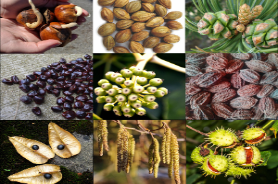

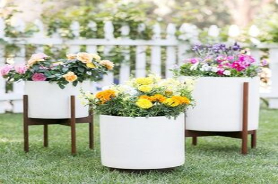



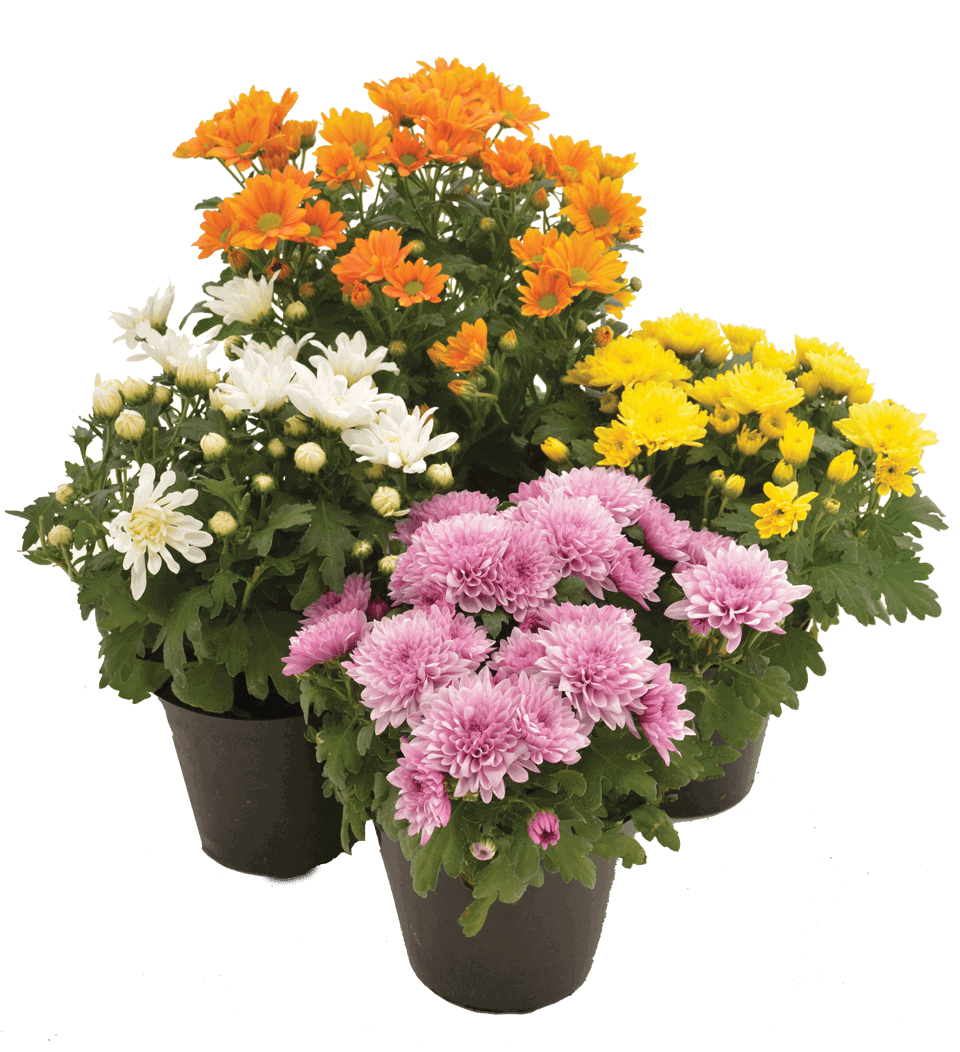

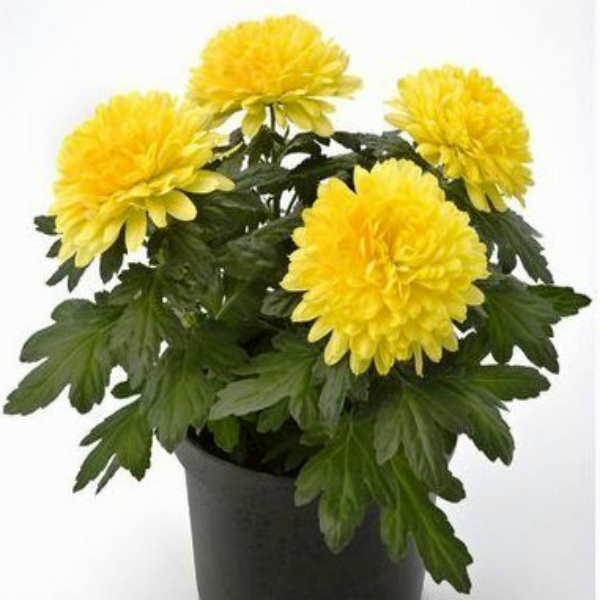



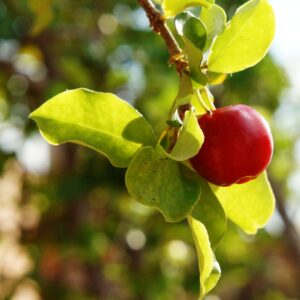
Reviews
There are no reviews yet.